Mass Rapid Transit (MRT) construction is reshaping urban connectivity in Malaysia. From Klang Valley to Putrajaya, every new tunnel, track, and station is a testament to engineering excellence. But while we marvel at the architecture above ground, the real challenge often lies beneath the surface—in the soft, unpredictable soil that makes up a large part of Malaysia’s substructure.
In this guide, we’ll explore the critical role of soft soil treatment in MRT construction projects, the engineering principles behind it, and why Geotechnica.com.my is trusted by developers to deliver ground solutions that stand the test of time.

Why MRT Construction in Malaysia Demands Geotechnical Excellence
Malaysia’s MRT network isn’t just about trains—it’s about national progress. Projects like the MRT Kajang Line, MRT Putrajaya Line, and upcoming MRT Circle Line represent billions in public investment, future economic growth, and sustainable urban mobility.
But here’s the lesser-known truth:
Much of the MRT alignment crosses marine clay, peat, and soft silty soil, especially in low-lying or reclaimed areas. These soft soil conditions present major geotechnical risks, including:
1. Excessive ground settlement
2. Structural instability for tracks and tunnels
3. Groundwater intrusion during excavation
4. Long-term maintenance issues if untreated
If these subsurface challenges are not addressed correctly from the beginning, they can derail entire MRT timelines and budgets.
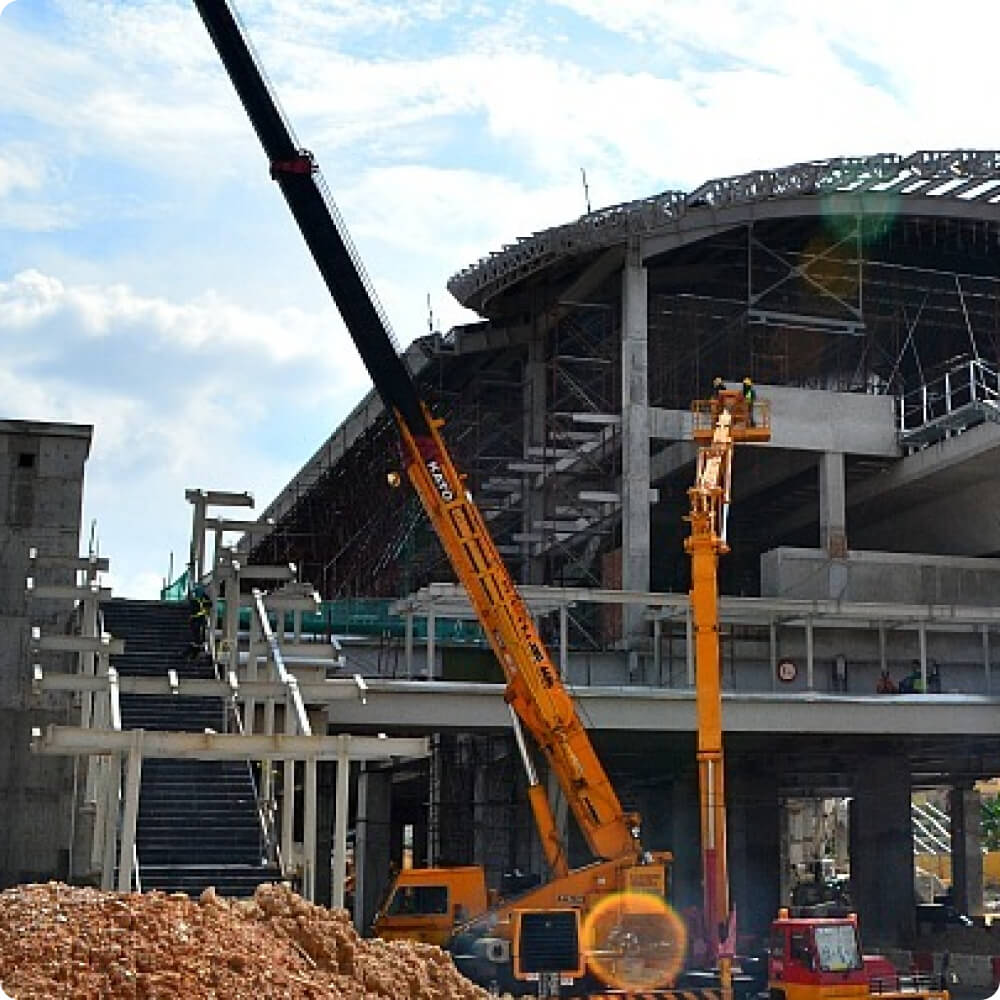
“The condition of the land for the SBK MRT project proved to be challenging… the limestone formation in Kuala Lumpur is most heavily weathered with empty spaces filled with underground water.” – Mahadi Mahmud
Read : Rock Slope Risk Assessment along Kajang SILK Highway
What Is Soft Soil and Why Is It a Risk in MRT Construction?
Soft soil is generally weak, compressible, and saturated, commonly found in coastal plains, riverbanks, and reclaimed lands across Peninsular Malaysia and Sabah/Sarawak.
In the context of MRT construction, this type of soil is problematic because:
a. It cannot support heavy structural loads without reinforcement.
b. It consolidates over time, leading to long-term differential settlement.
c. It reacts unpredictably to vibration from tunneling and train movement.
Even advanced Tunnel Boring Machines (TBMs) used in MRT Malaysia projects must be recalibrated when encountering soft ground, to prevent subsidence and collapse.
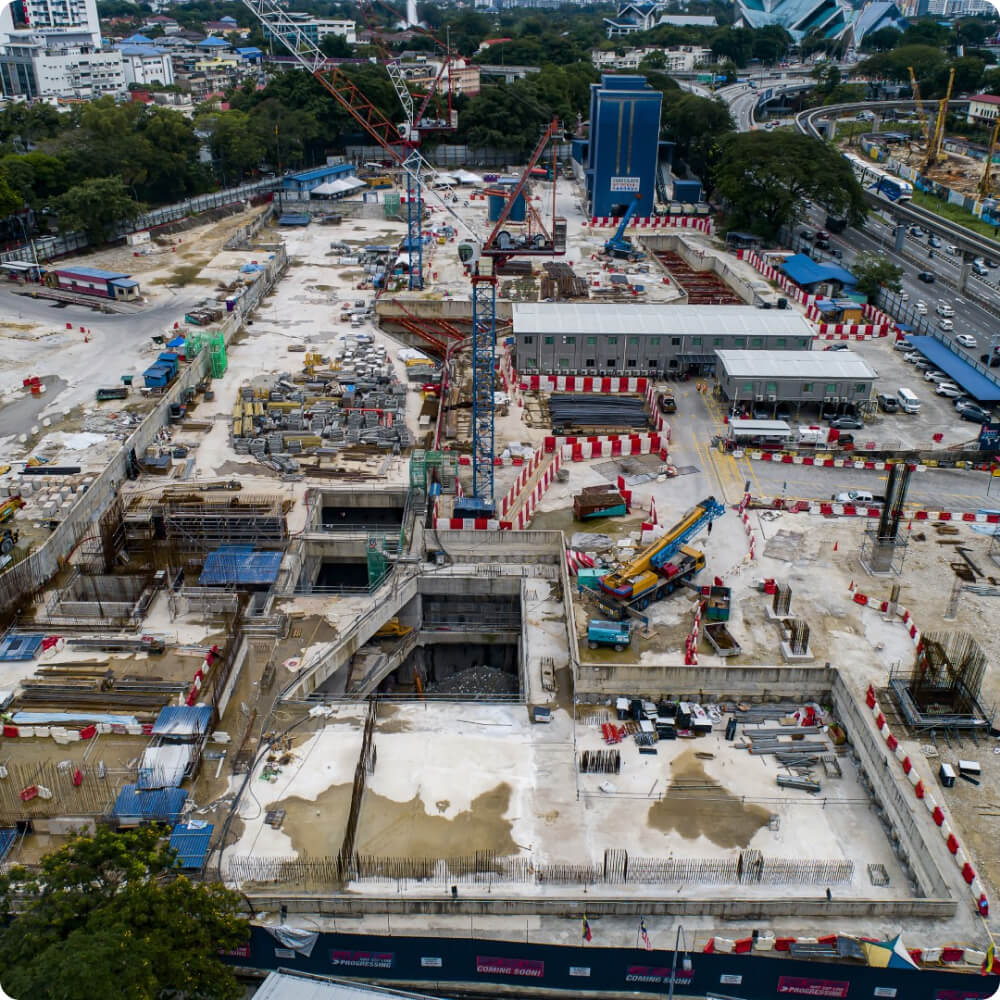
“Firstly, you don’t need to cut down hills so there is no risk of landslides. During construction, the workers and activities are mostly underground, so there is little disturbance.” – Dr Ooi Teck Aun
How MRT Projects in Malaysia Address Soft Soil Issues
No MRT structure is stronger than the ground it stands on. That’s why soft soil treatment, or ground improvement, is a core phase of MRT construction updates in Malaysia.
At Geotechnica.com.my, we use a combination of soil investigation, lab testing, and ground treatment technologies to improve weak soil. These solutions aren’t just textbook—they are backed by real field data, local expertise, and proven results.
Let’s break down the most effective techniques used in Malaysia’s MRT construction:
Prefabricated Vertical Drains (PVD) with Preloading
This is one of the most cost-effective and widely used methods for MRT station and depot construction in Klang Valley.
How it works:
Vertical drains are installed deep into soft clay to create channels for water to escape. Preloading (temporary surcharge) then accelerates consolidation.
Result:
A. Reduces post-construction settlement
B. Speeds up project timeline
C. Improves soil stiffness
Deep Soil Mixing (DSM)
Used in sites with very soft or organic soils, where other methods aren’t sufficient.
How it works:
Cementitious materials are mixed with in-situ soil using a drill to create soil-cement columns.
Result:
A. Increases shear strength
B. Controls lateral deformation
C. Ideal for MRT embankments and tunnel shafts
Jet Grouting
Jet grouting is the go-to solution in areas with utility congestion or where water seepage must be prevented.
How it works:
A high-pressure jet of grout is injected into the soil to form a solid column.
Result:
1. Controls groundwater
2. Reinforces soil around tunneling zones
3. Enables safer excavation in urban centers
Vibro Replacement (Stone Columns)
This technique is suitable for moderately soft soils and is frequently used under MRT access roads and parking structures.
How it works:
Stone columns are installed through vibration, displacing soft soil and replacing it with compacted granular material.
Result:
1. Enhances load-bearing capacity
2. Reduces settlement
3. Accelerates drainage
Read : Detail Design for Slope Stabilization at Kajang SILK
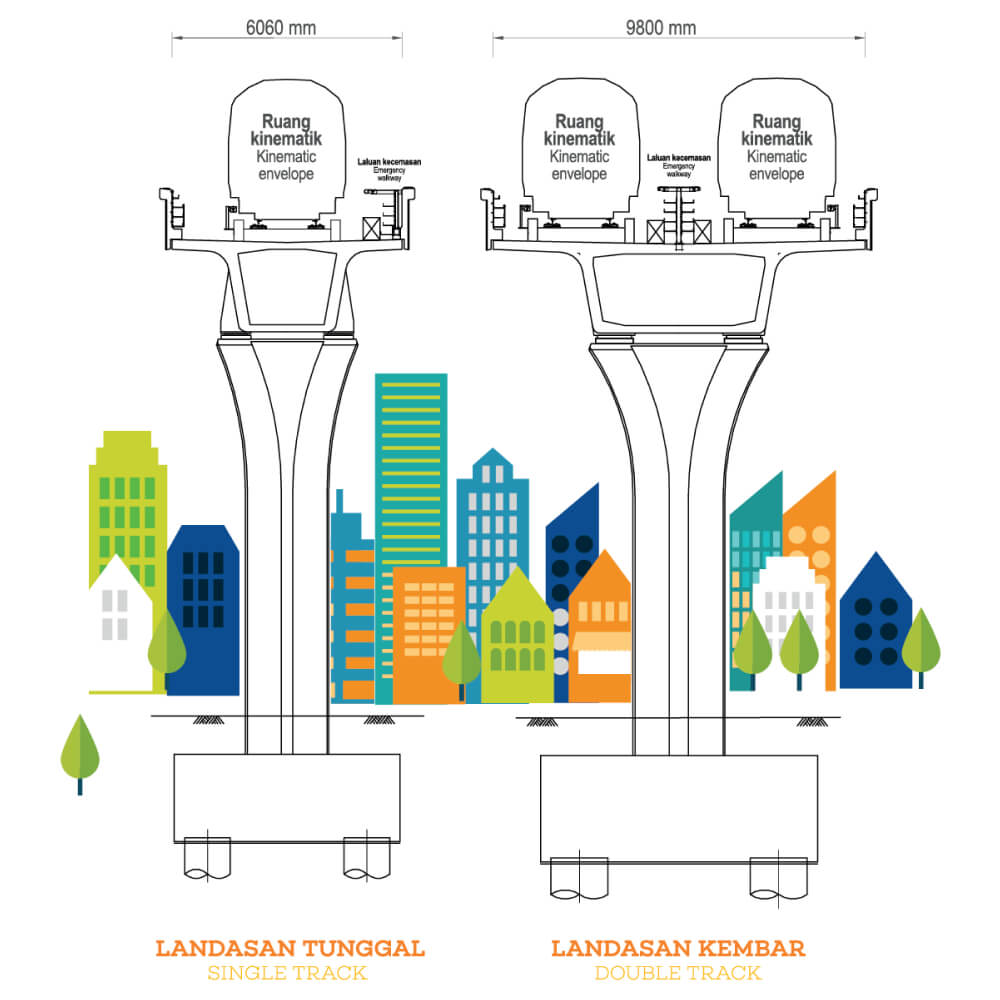
How Geotechnica.com Leads Soft Soil Solutions for MRT Construction
At Geotechnica, we don’t just solve geotechnical problems—we engineer confidence. Our experience with MRT, LRT, highway, and industrial projects across Malaysia gives us the edge to handle the most complex soil challenges.
What Sets Us Apart:
1. Experienced engineers with over 15 years in geotechnical engineering
2. End-to-end services: from soil investigation to treatment design & monitoring
3. Advanced instrumentation: settlement markers, piezometers, inclinometers
4. Real-time reporting & data interpretation
5. Trusted by tier-1 contractors and public infrastructure developers
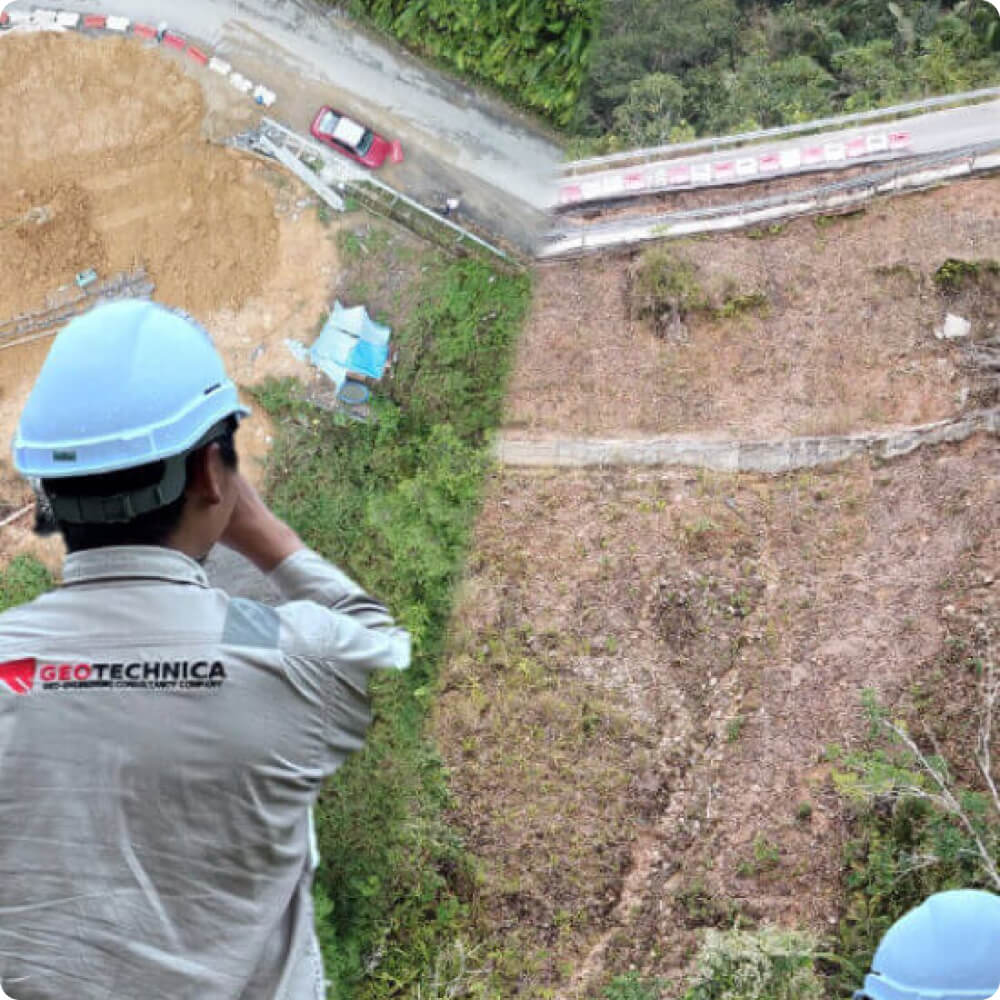
We’ve helped reinforce station foundations in Cyberjaya, stabilize depot platforms in Sungai Buloh, and design ground improvement for tunneling zones in Kuala Lumpur—each time delivering results that align with SPT, CPTu, and FEM analysis standards.
Real Case Study: Rock Slope Risk Assessment & Stabilization Along Kajang SILK Highway
In 2021, Geotechnica was commissioned by PROLINTAS SILK / EGEO Consult Sdn. Bhd. to conduct a comprehensive Rock Slope Risk Assessment along a critical segment of the Kajang SILK Highway.
The mission was clear and urgent: decades of weathering, steep terrain, and past slope failures had compromised the structural integrity of roadside rock slopes. Though fortunately no casualties had occurred, the potential hazard remained real and looming.
Expertise in Action
Geotechnica’s interdisciplinary team spearheaded:
- Hazard mapping: identifying failure-prone locations
- Hazard-risk modeling: assessing both likelihood and impact of slope failure
- Mitigation planning: translating risk maps into actionable stabilization strategies
This ground‑truthing process transformed preliminary risk assessments into a robust foundation for engineering solutions.
Following the hazard mapping, Geotechnica was entrusted with the Detail Design for Slope Stabilization at the very locations flagged as “Very High” risk along the same highway corridor GEOTECHNICA.
What This Included:
- In‑depth topographical and geotechnical surveys
- Preparation of AFC (Approved for Construction) drawings
- Hands‑on slope rectification work and meticulous onsite supervision to ensure quality and safety
The outcome: rock slopes fortified to safe standards, roads made safer, and communities shielded from future possible disasters.
Read : Slope Hazard & Risk Assessment along State Road in Sarawak
Why This Case Matters for MRT Construction Malaysia
While this project deals with rock slopes, the underlying principle remains the same as in MRT development:
- Understanding the Earth First – Whether soft clay below an MRT station or fractured rock beside a highway, knowing what lies beneath is where risk fades and certainty begins.
- Data‑Driven Design – Geotechnica’s use of surveys, risk modeling, and geospatial mapping mirrors the scientific rigor needed in soil treatment and soft ground stabilization.
- From Assessment to Action – Hazard maps evolve into design documents, which evolve into real-world interventions—just as soil treatment plans must be executed, monitored, and validated in MRT projects.
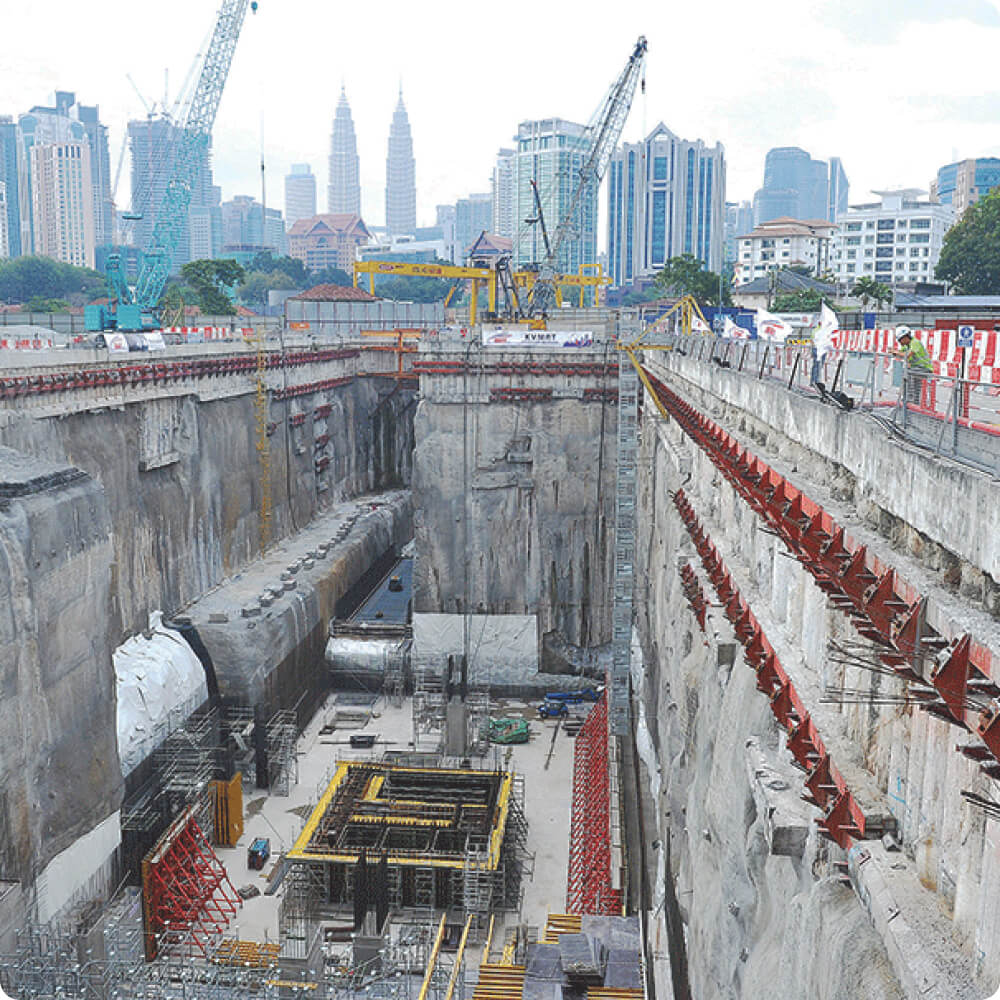
“To ensure absolutely that nothing untoward will happen during tunnelling, MRT Corp engineers will be monitoring the roads and buildings above where the tunnelling work is being undertaken… People will not even be aware that there is so much activity going on underneath the city.” – Mr. Karakashian
Work With Malaysia’s Trusted Geotechnical Soil Experts
If you’re involved in an MRT, highway, or high-rise project and need reliable ground improvement, Geotechnica.com.my is ready to deliver.
Whether it’s pre-construction soil analysis, design of soft soil treatment, or on-site geotechnical monitoring, we have the expertise and equipment to support your vision.
📩 Contact us now for a consultation
🌐 Visit www.geotechnica.com.my
🔍 Ask about our past case studies
Because a strong Malaysia starts with strong foundations—and we’re here to build them.
Final Thoughts
In the world of geographical safety, it’s easy to focus on trains, tracks, and tunnels. But without proper attention to what lies beneath, progress is impossible. Soft soil may be a natural challenge, but with Geotechnica.com.my, it becomes a strategic advantage.

